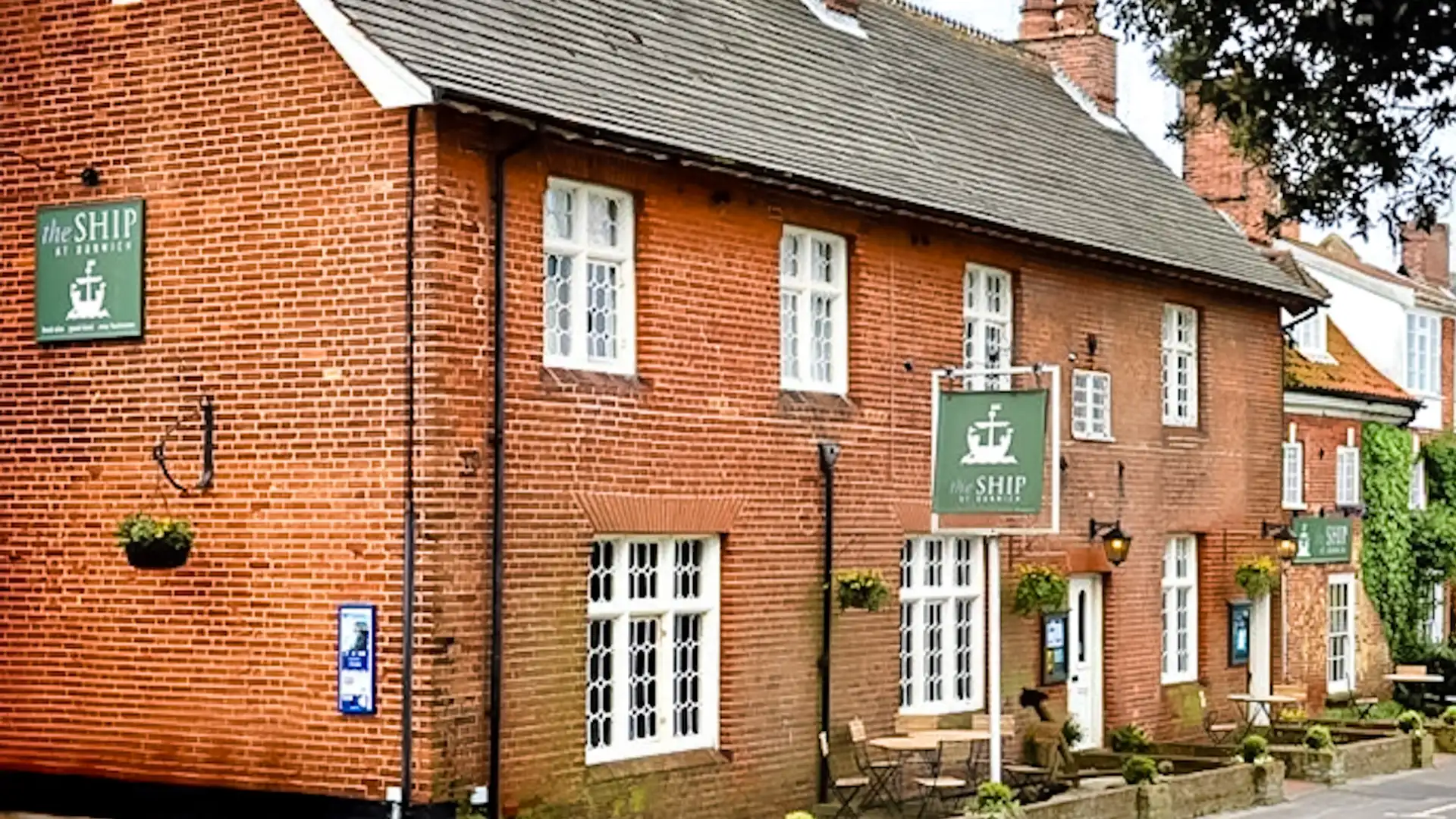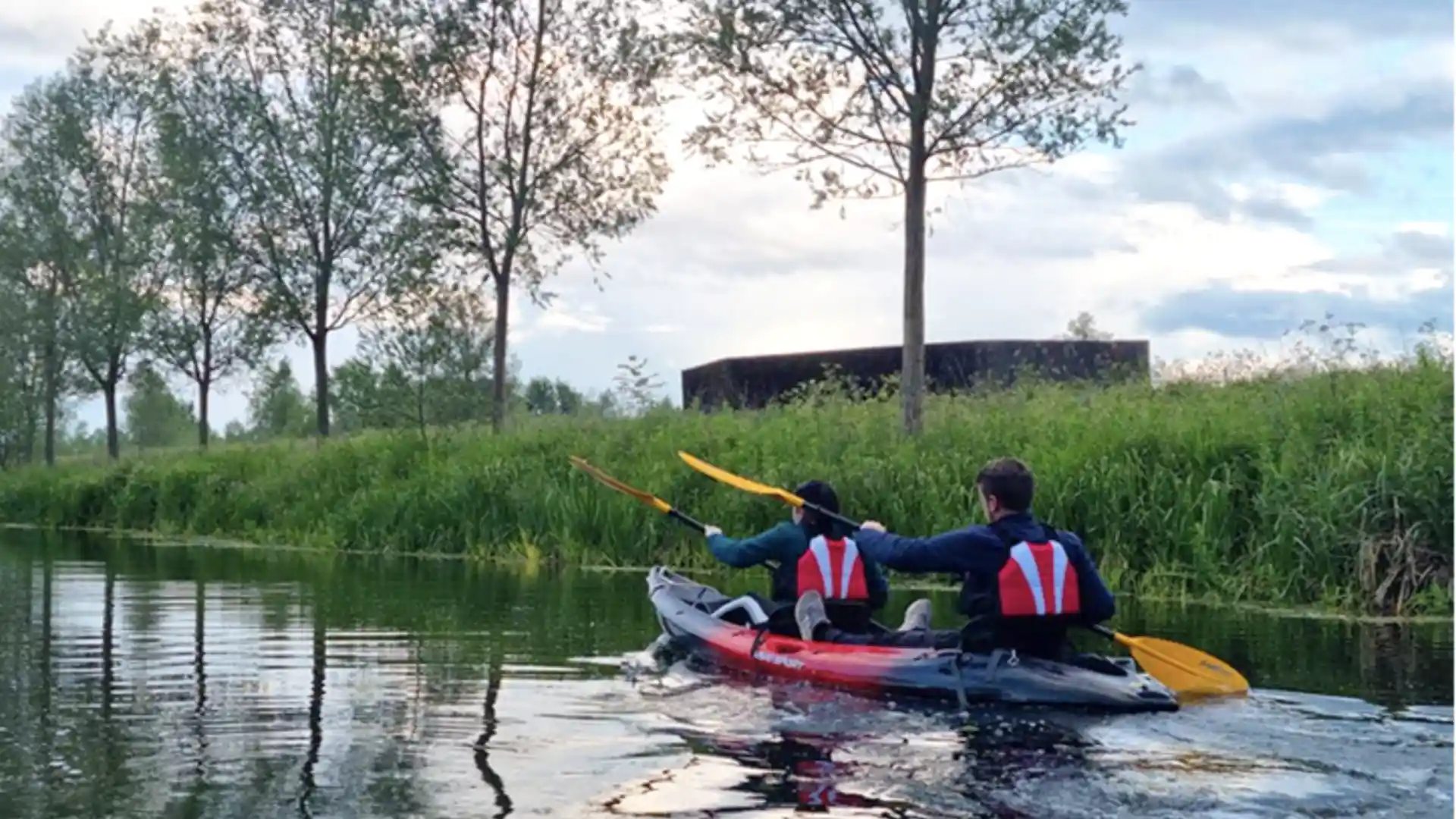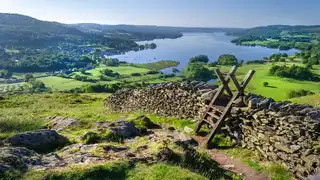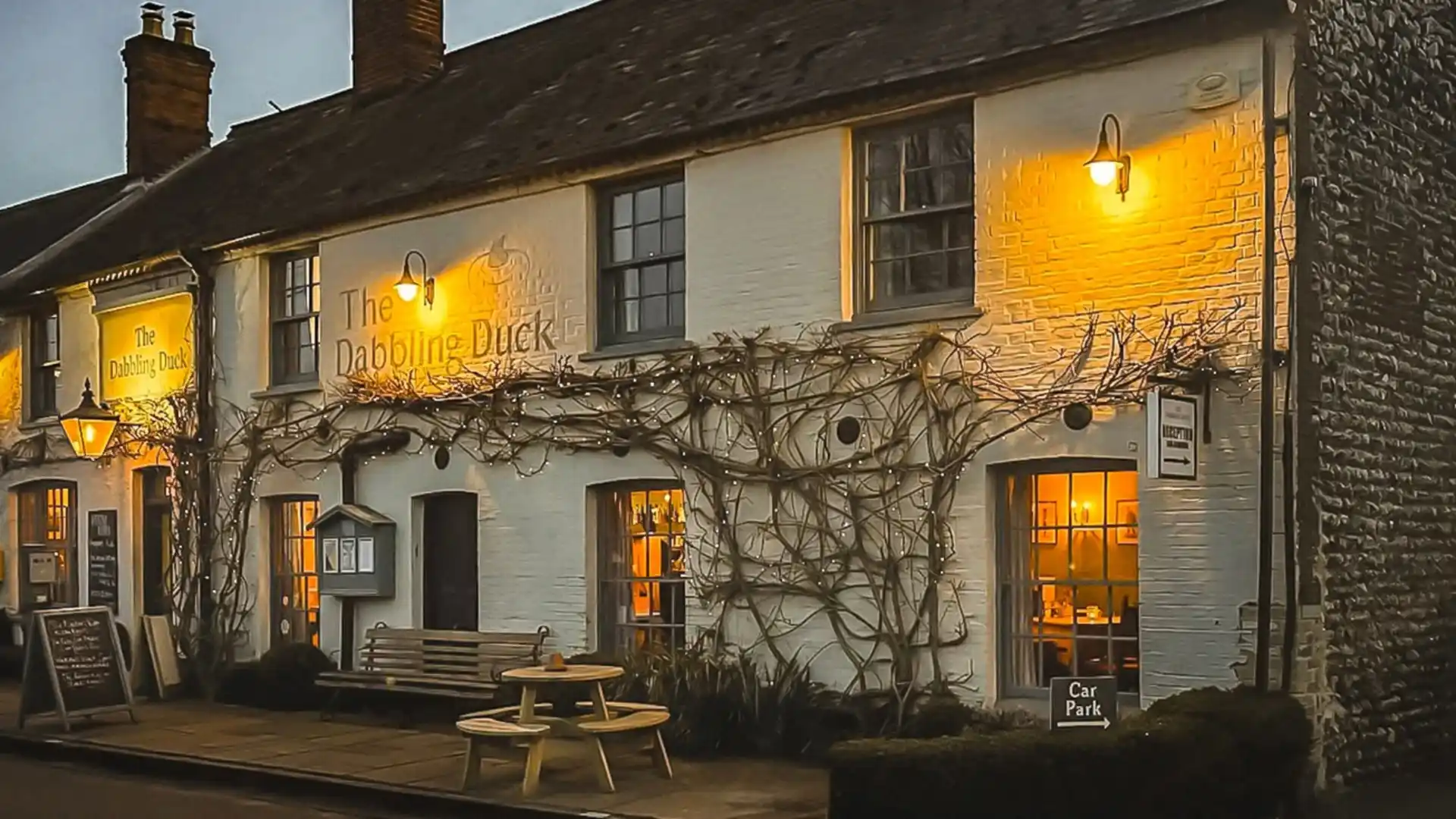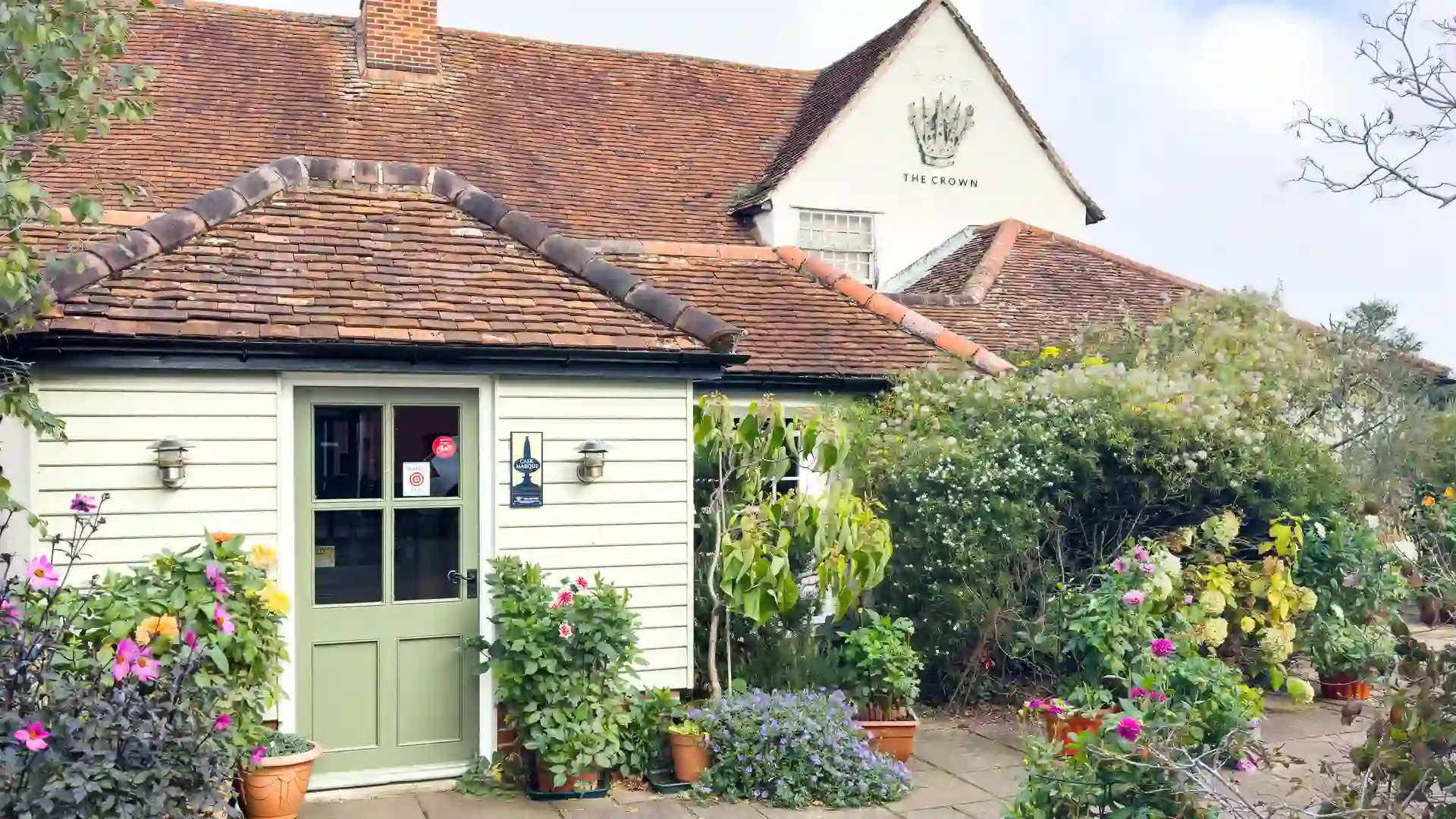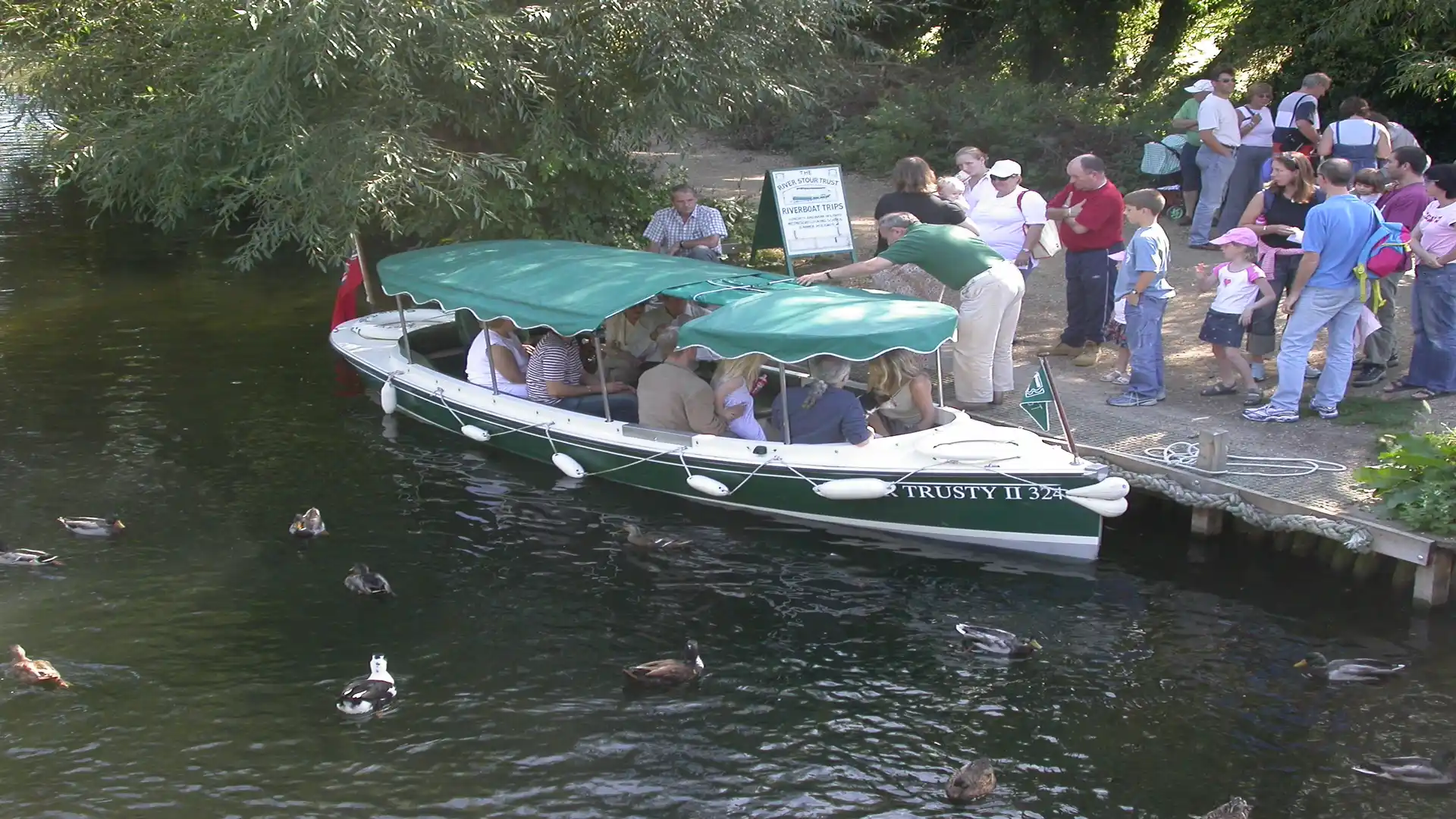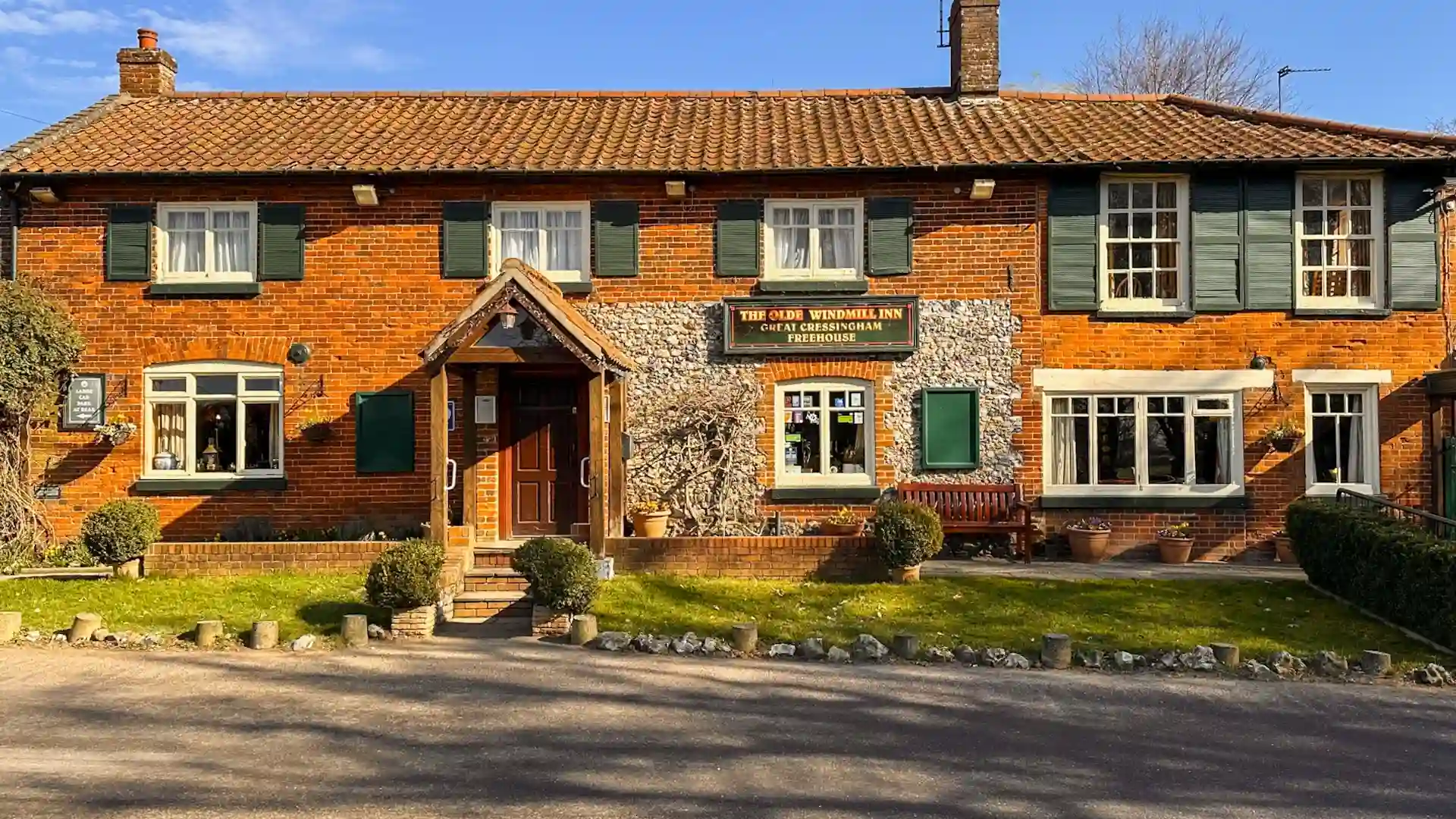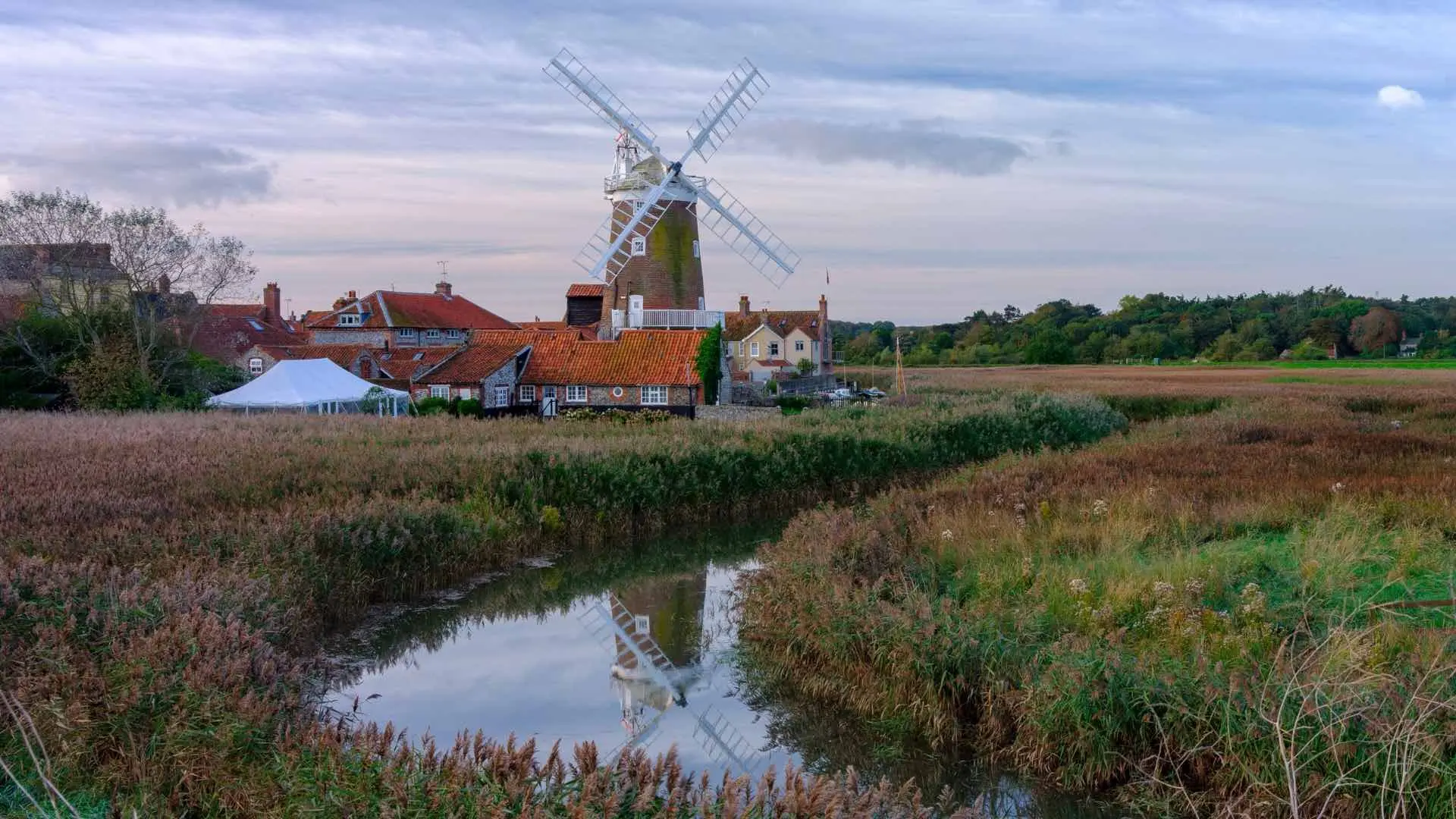

Where rivers, coastlines, and timeworn tracks invite you to move slowly and explore more.
The East of England offers a gentler kind of adventure. Its beauty lies in subtle shifts — the light on water, the hush of reeds in the breeze, and the steady rhythm of footpaths crossing fields, fens, and lowland woods. It’s a landscape made for walking holidays and outdoor adventures, from long-distance coastal routes to quiet inland rambles.
From the wild coast of Norfolk to the riverside meadows of Cambridgeshire and the historic villages of Suffolk, this is walking for those who want space to reflect and time to wander. Add relaxed cycling holidays along quiet lanes, coastal seawalls, and countryside bridleways, and you’ll find there are many ways to explore this wide, peaceful region.
Trails follow Roman roads, estuaries, and inland waterways. You’ll walk through National Landscapes, market towns, and ancient farmland — always close to nature and often far from crowds. It’s a region shaped by water and story, where wildlife, architecture, and quiet beauty meet.
From long-distance paths to weekend escapes, the East of England offers independent places to stay close to coasts, riversides, and rural villages — perfect for walkers, cyclists, and nature lovers.
This long-distance trail starts inland on Peddars Way, a Roman route through heathland and farmland in Norfolk. It then joins the Norfolk Coast Path at Holme-next-the-Sea, winding past saltmarshes, dunes, and quiet beaches. Walk through Blakeney, Wells-next-the-Sea, and other coastal villages rich in nature and heritage.
A gentle, historic route linking Dedham Vale — the landscape painted by Constable — with the Suffolk towns of Sudbury, Bury St Edmunds, and Brandon. Follow riverbanks and old tracks through countryside that feels untouched by time.
In the Broads National Park, walk wetland trails and reed-lined rivers rich in birdlife. Further south, explore the medieval charm of Suffolk’s wool villages — Lavenham, Long Melford, and Clare — walking from one to the next through classic English countryside.
A long-distance route following the River Cam and Great Ouse from Cambridge to King’s Lynn. This flat, scenic path passes through historic towns like Ely and Downham Market, offering easy riverside walking through some of England’s most distinctive fenland landscapes. Ideal for wildlife watchers and those seeking calm, waterside trails.
A developing long-distance trail tracing the intricate, estuary-rich coastline of Essex. The route winds past saltmarshes, tidal inlets, quiet villages, and remote seawalls — with standout sections near Mersea Island, Bradwell-on-Sea, and Burnham-on-Crouch. A uniquely peaceful and wild-feeling way to explore the county on foot.
The East of England is a landscape of space and softness — where the walking is quiet, grounding, and deeply rewarding. Take your time, and let the stillness lead the way.
The region is perfect for walking, cycling, birdwatching, and gentle paddling. You’ll find long-distance trails, estuary-side rides, wetland boat trips, and peaceful countryside escapes across Norfolk, Suffolk, Cambridgeshire, and Essex.
Absolutely. The terrain is mostly flat, well-marked, and rich in natural beauty, making it ideal for independent travellers. Explore at your own pace through landscapes shaped by history, water, and wildlife.
Yes. The Norfolk Broads is a designated National Park known for its waterways, rare species, and wetland trails. The region also includes several Areas of Outstanding Natural Beauty (AONBs), such as Dedham Vale, the Suffolk Coast & Heaths, and the Norfolk Coast.
Yes. There are many quiet back roads, bridleways, and dedicated cycling paths. National Cycle Routes run alongside rivers and through rural towns — ideal for scenic, low-stress bike trips.
Spring to autumn offers the best weather and wildlife activity, especially for walking, cycling, and exploring the coast. The region is also beautiful in winter — quieter, crisp, and atmospheric, especially in the Broads or estuary towns.
